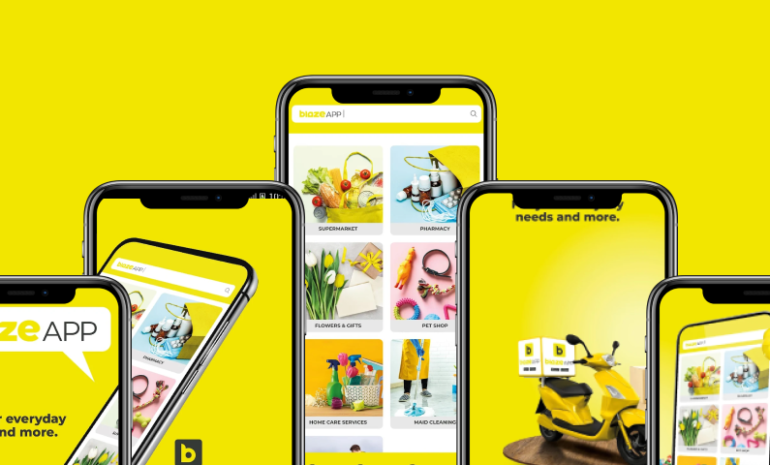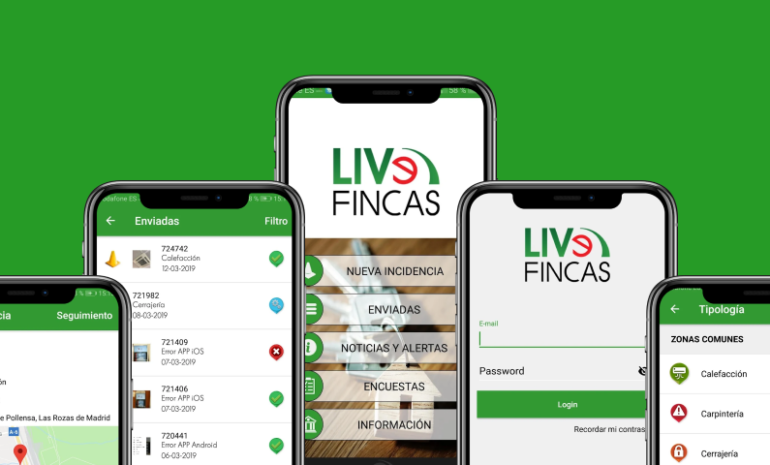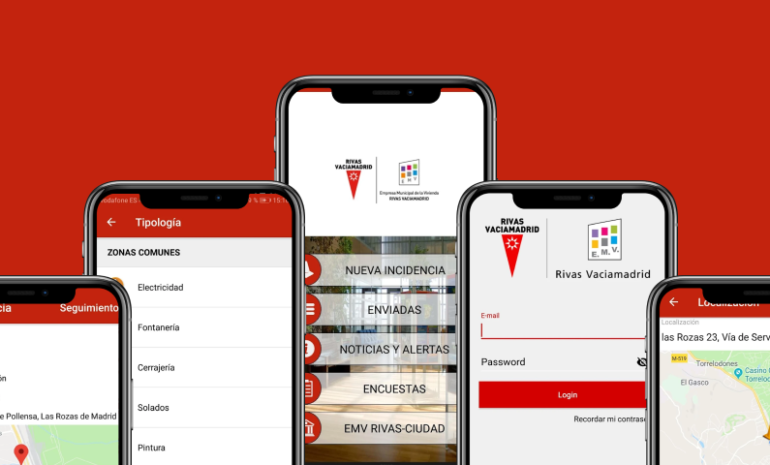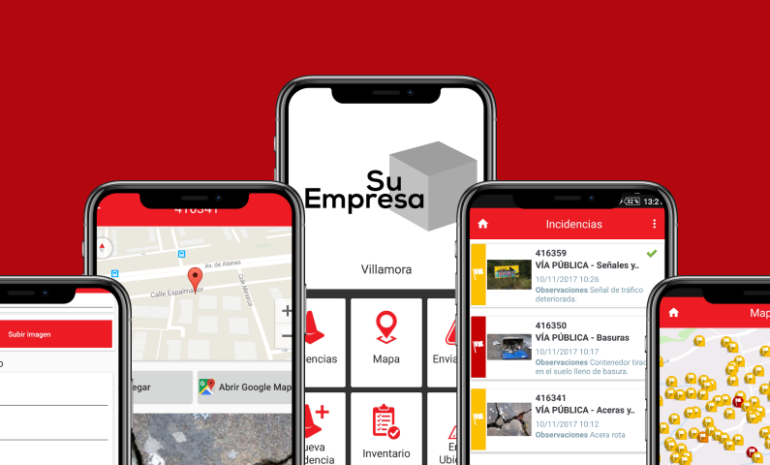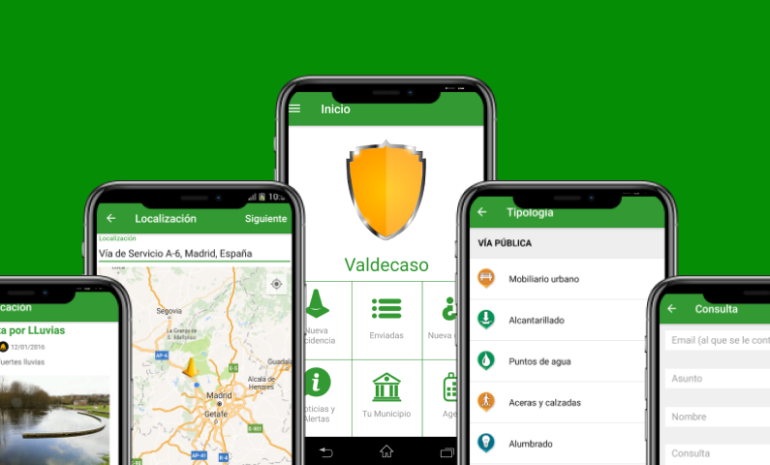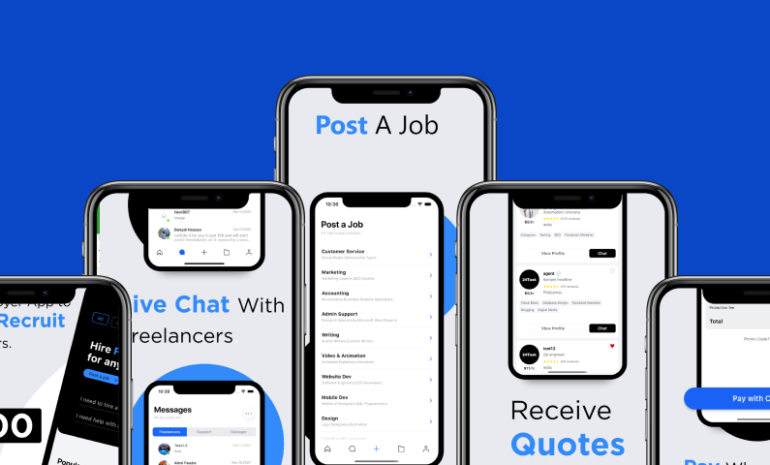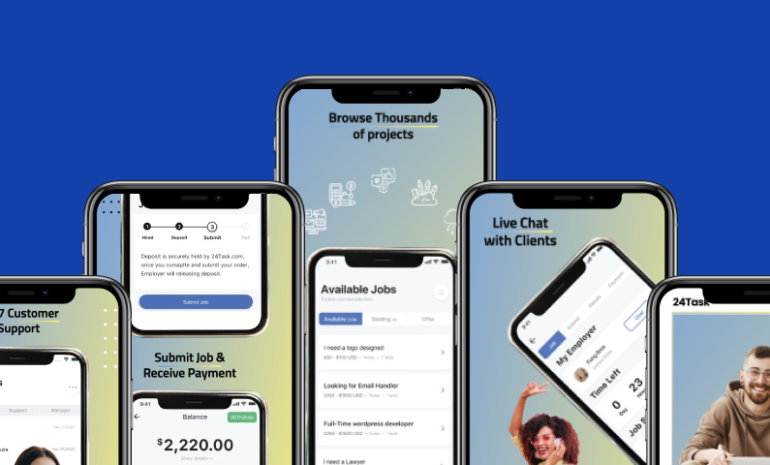

Project Summary
Italian Food is a website development project focused on creating an informative and visually appealing website for an Italian restaurant.
The website aims to showcase the restaurant's menu, ambiance, and services while providing users with an easy way to make reservations, view special offers, and learn about the restaurant's history.
The website is designed to be responsive, ensuring that it looks great and functions well on all devices, including desktops, tablets, and smartphones.


